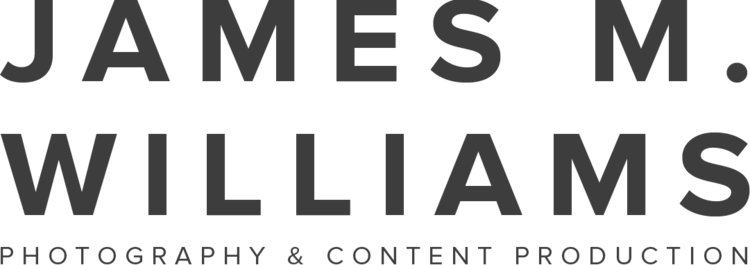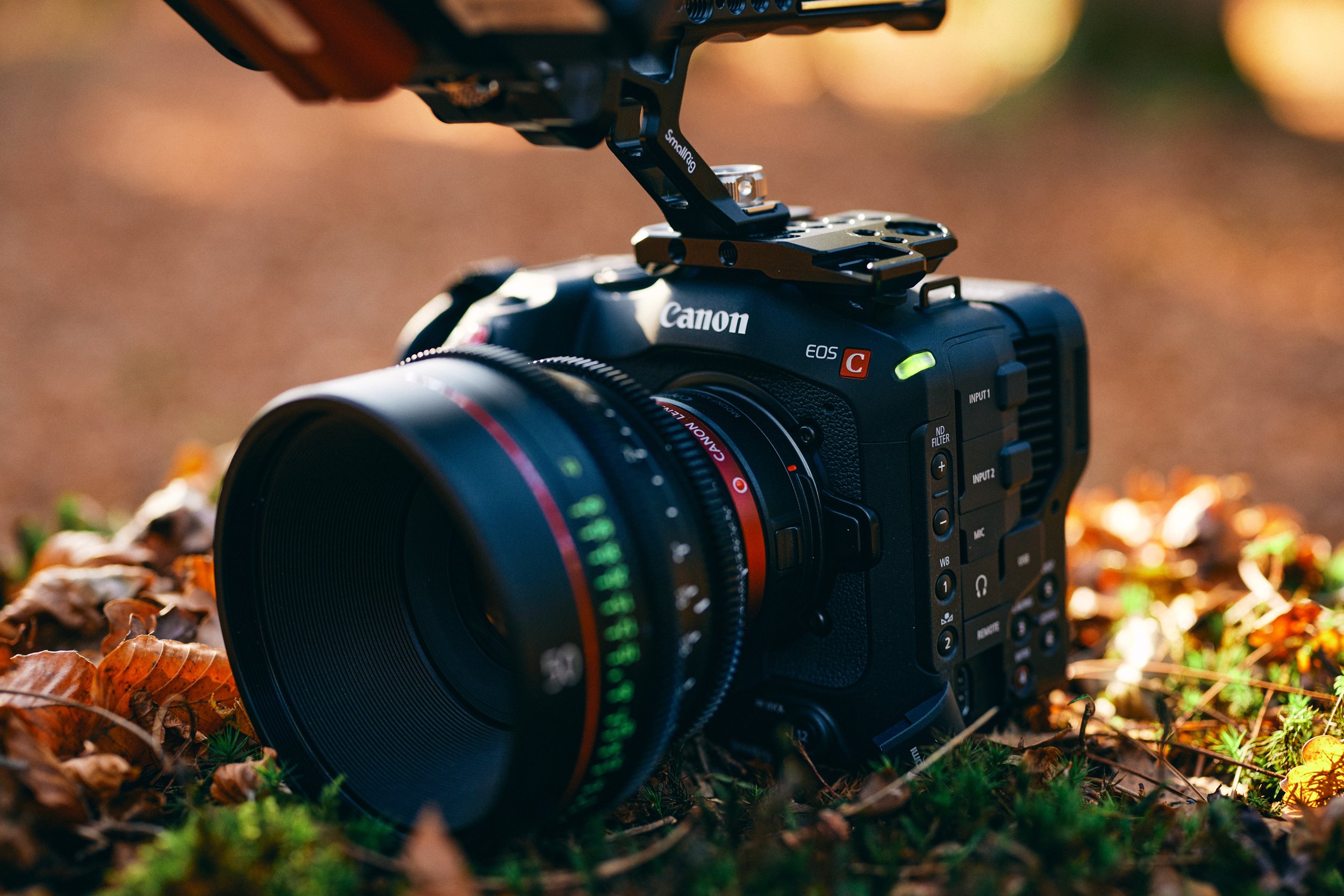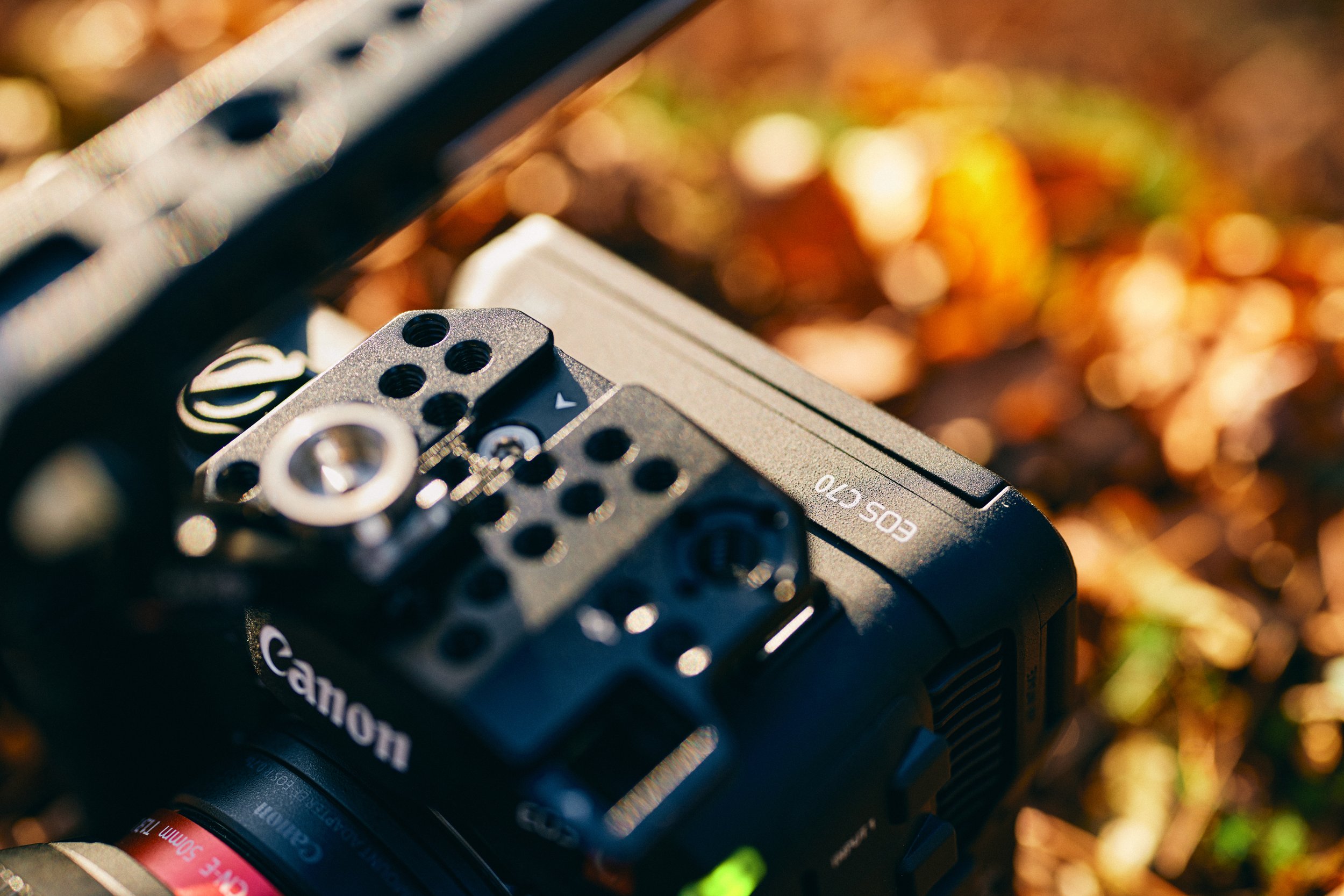It’s always exciting getting new kit, I spend months and months reading reviews, comparing specs - but without getting your hands on a camera it’s impossible to truely tell if it will work for you and your clients. After long while, I finally decided the C70 ticks enough of the boxes to perhaps replace my aging but still very capable Canon C200, so I took the plunge and clicked the buy button. Yesterday I headed out to the forest to test it out and get some initial thoughts on Canon’s newest Cine camera.
This quick test film was shot in a couple of hours to very quickly gather some sample footage of the Canon C70 so I could get to grips with the footage this camera produces. Luckily I had a clear, bright day despite it being the middle of winter here in the UK. This gave me an excellent chance to test the 16+ stops of dynamic range Canon claims this camera can capture. For years now I've been looking to upgrade my C200 to the C300 MkIII. However, when the C70 came along with its RF mount I was very interested, for a few good reasons. It shares the same incredible DGO sensor as the C300 MkIII, but crammed into a much smaller, lighter body. Making it much easier to transport, carry, operate over long periods of time and also mount on to a smaller gimble with relative ease. It also features the new RF mount which means it can accept the RF lenses I have invested in for use on my EOS R5. But, the one reason I have been most excited about is the Canon Mount Adapter EF-EOS R 0.71X focal reducer. Essentially a speed booster, this adapter increases the light transmission by one whole stop, it also provides the same angle of view as if using a full frame sensor. When coupled to the C70, it means the CN-E 50mm T1.3 appears more like a 36mm lens on a S35mm sensor. The C70 registers the f stop value to be F0.9, which is absolutely bonkers.
I need to state now though, as with all cameras, the C70 is not perfect. In fact its far from perfect. And I have a few concerns - some of which may mean I might either send this camera back or get rid of it. Firstly, the lack of SDI output is a real killer. HDMI is fine, but it's just not a professional connection. It's not nearly as solid and reliable as SDI and even with a right angle HDMI cable, the plug sticks out awkwardly and it feels like it could quite easily get knocked and damaged. Side note; the camera does have SDI for timecode, but it cannot be used as an output source - why oh why didn't they make this a Timecode/SDI output that can be toggled in the menu? Or instead of HDMI, give us SDI output? But I guess this issue can be worked around with USB powered HDMI to SDI conversion box from the likes of Black Magic Design.
The control joystick is horrible. I don't know if its just an issue with my specific model, but sometimes you click the joystick and it just doesn't respond, then suddenly it'll jump two or three places in the menu on your next press. My C200 control stick is better and that camera is getting long in the tooth now.
I had to buy a small rig plate for the top, because with the exception of a cold shoe, it has no mounting points anywhere on the camera. Not even on the included handle. Come on Canon, if this is a 'Cine' camera then you should know professional camera operators need to attach accessories to their cameras, always. And a cold shoe is just useless to us.
But the biggest concern - and this in fact a HUGE concern; the reliability of this camera I have experienced so far isn’t up to scratch. This camera uses SD Cards for whatever reason. Perhaps to keep the reader size down and fit it into the hand grip of this tiny camera body. But the fact it uses SD Cards means that will always been the performance bottleneck. That's why the camera cannot record Cinema Raw Light, the data rate would be just high for SDXC. But that's okay, because it records in the amazing Canon XF-AVC 422 10bit codec which produces nice sized, easy to manage, good to work with, excellent quality footage - if you want Raw, get the C300 MkIII.
Now, Canon make it fairly clear that you need V60 cards for some footage, but the highest quality 4K footage and 4K 120p needs v90 cards to cope with the data rate and frames per second. I did some reading and according the Canon website, the Anglebird 128GB v90 cards have been verified to work with the camera without issue. So, you can imagine my concern and frustration when I constantly got the error message 'Buffer overflow. Recording was stopped.' and the camera just completely crashing and locking up to the extent that I needed to shut the camera down and boot it back up again.
It did this with both Anglebird cards I had in the camera and it did it at random moments. Sometimes it would record for half an hour or so without any issue, then without warning it would start throwing up the error code and then refuse to record again without throwing up error messages again and again 1 or 2 seconds into my recording. Frankly, this is unforgivable - it could be the cards or it could be the camera. But, to be honest I don't care - Canon to me represented reliability and dependability, rock solid work-horses that keep rolling whatever you throw at it.
Except, all I was throwing at it was a nice, sunny day in the new forest filming some leaves and horses. Imagine I was with a paying client or capturing a moment that only happens once; such as a live event, wildlife videography or the news gathering. What an embarrassment. For me, I can forgive the other shortcomings because these are conscious decisions from Canon which I assume they had to make for cost saving and space saving in order to make this camera a reality. And they can also be fairly easily overcome. But for the camera to fail at the most basic thing of recording footage is not good and it leaves me scared to use this camera for a paying client - not the feeling you want when investing in new equipment.
I have ordered some of the Sony Tough SDXC cards which I have read work perfectly with the C70, despite not actually being on Canon’s 'verified' list and I'm going to see how that goes - because if this issue can be sorted I can see myself loving this camera - the image is incredible from the DGO sensor, it's form factor works very well for a number of applications and the camera is actually a joy to use once you work around the rubbish joystick. I’m hoping and praying these new Sony cards fix this silly gripe because apart from that, Canon having created a truly remarkable camera in what seems like an impossibly small package.
Check back soon for an update on this. I'm also going to be reaching out to Canon for their help and support.



